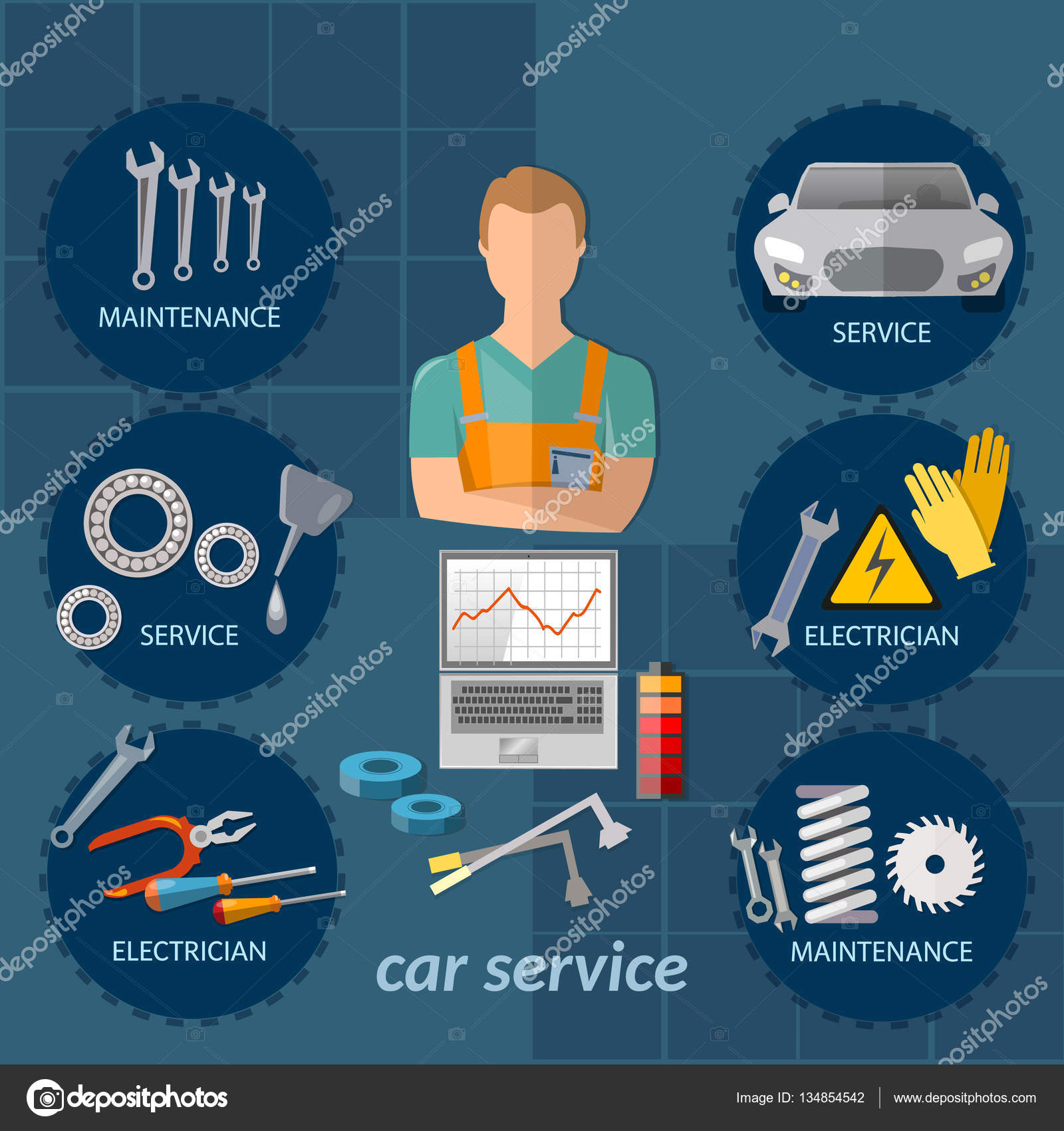Understanding The Most Regular Dashboard Caution Lights And Their Importance
Understanding The Most Regular Dashboard Caution Lights And Their Importance
Blog Article
Authored By-Hamrick MacMillan
When you lag the wheel, those control panel caution lights can be a genuine mystery. Yet did you recognize that decoding them can save you from possible automobile problems later on? From the ominous check engine light to the subtle oil pressure warning and the ever-important battery light, every one serves as an important signal from your car. It's time to shed light on these usual dashboard cautions and equip yourself with the understanding to navigate the roadway ahead.
Understanding the Check Engine Light
When your dashboard lights up with the check engine light, it is necessary not to panic however to take instant action. The check engine light functions as a warning that your automobile's onboard diagnostic system has detected a prospective issue with the engine, discharges, or various other crucial elements. Ignoring this light can bring about extra extreme troubles down the road, so it's essential to resolve it quickly.
To recognize the resource of the issue triggering the check engine light, you can utilize an OBD-II scanner to recover the specific trouble codes saved in your vehicle's computer system. These codes provide valuable details that can aid pinpoint the underlying trouble.
While some problems triggering the check engine light might be minor, such as a loose gas cap, others might indicate extra considerable worries that require expert focus.
Decoding the Oil Stress Caution
Upon witnessing the oil stress cautioning light on your control panel, prompt focus is critical. This warning shows that the oil pressure in your engine may be as well reduced, which can bring about major engine damage if not resolved immediately. your input here can be triggered by a selection of issues such as a leak, a damaged oil pump, or low oil levels. Overlooking this alerting light could lead to expensive fixings and even engine failure.
If you see the oil pressure alerting light come on, the initial step is to safely pull over to the side of the roadway and switch off your engine. Examine the oil degree making use of the dipstick and ensure it goes to the advised level.
If the oil level is reduced, top it up with the appropriate oil for your automobile. If the oil level suffices, do not proceed driving and look for assistance from a mechanic to detect and take care of the concern without delay. Keep in mind, maintaining proper oil pressure is necessary for the health and wellness and durability of your engine.
Interpreting the Battery Light
To figure out the importance of the battery light on your dashboard, you must comprehend its vital function in your car's electrical system. When the battery light brightens while you're driving, it indicates that the electric system isn't receiving enough power from the battery.
This could be as a result of a stopping working battery, a malfunctioning alternator, or concerns with the charging system. Ignoring this advising light might lead to your vehicle delaying or being unable to start.
If the battery light begins, it's recommended to securely pull over and have your car checked by an auto mechanic as soon as possible. They can do diagnostics to determine the hidden concern and avoid a possible breakdown.
Verdict
Since you know how to recognize one of the most common warning lights on your dashboard and what they imply, you can address any type of prospective issues quickly. Keep in mind, the check engine light, oil stress caution, and battery light are very important indicators of your automobile's health and wellness. linked internet page notified, stay risk-free, and maintain your automobile running efficiently by paying attention to these indication.
